MARKET OVERVIEW
With the increasing need for green and efficient solutions in energy, the Global Vanadium Redox Flow Battery market could become one of the cornerstones in the industry of energy storage. The demand for innovative energy storage technologies, with the world slowly but surely moving towards renewable sources, will never cease to exist, and therefore, the Global Vanadium Redox Flow Battery market will continue to play a central role in future energy storage strategies. This market will experience increased traction due to its peculiar advantages, including longer life cycles, better scalability, and the ability to store huge amounts of energy for extended periods. The vanadium redox flow batteries market will grow as industries and governments want to meet ambitious carbon reduction targets and ensure that renewable energy systems are stable.
Since they include their energy in a liquid, VRFBs offer stable, predictable power-supplying batteries. This means it is easy to scale the solution to power storage, therefore, allowing their use from the large-scale grid applications down to smaller, distributed applications. More so, VRFB is yet another aspect with the advantage of being better than any other battery when it comes to operations; discharge efficiency is good and long life; the added advantage of leading this broad spectrum of market, in addition, it expands the scope for energy storage. It further accommodates both commercial and residential usage under the above industrial applications.
With further widespread growth in renewable sources of generation, especially from solar and wind, demand for the long-term reliable storage provided by vanadium redox flow batteries would be increasing.
As energy generated when there is plenty of demand, such as during sunny and windy seasons, has to be stored; VRFBs will therefore ensure continued supply during times when their production, especially renewable sources of energy, is low. Next years to come, the Global Vanadium Redox Flow Battery technology is expected to improve and also to be much lower in costs and efficiency to use them. Innovations that would increase the energy density and will decrease the general weight along with the overall production costs of VRFBs will make them even more feasible for use in massive applications of energy storage solutions.
In addition, the adoption growth of energy storage solutions in developing economies where access to energy is often unreliable will greatly expand the market. Other than that, governments and regulatory bodies worldwide will also play an important role in determining the market landscape as they introduce policies and incentives that support the use of energy storage technologies, including vanadium redox flow batteries. Countries that invest in clean energy infrastructure and carbon-neutral goals will continue to place more emphasis on achieving such goals with the involvement of VRFBs.
The market will also witness strategic collaborations and partnerships between key stakeholders such as battery manufacturers, renewable energy producers, and technology developers for further development in terms of commercial viability and application of vanadium redox flow batteries. The Global Vanadium Redox Flow Battery market will be the future of energy storage as it is driven by technological innovation, the ever-expanding range of applications, and a strong push from governments and businesses. As renewable energy continues to become the driving force for most economies, VRFBs will be necessary in order to ensure that energy sources are stored and used efficiently enough to pave the way for a more sustainable energy future.
Global Vanadium Redox Flow Battery market is estimated to reach $2,733.2 Million by 2031; growing at a CAGR of 34.3% from 2024 to 2031.
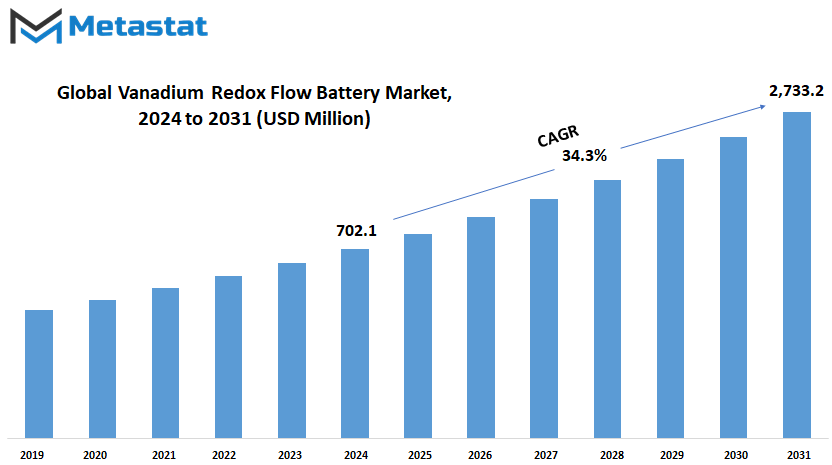
GROWTH FACTORS
The Global Vanadium Redox Flow Battery market gradually gains momentum as a fast-growing requirement for efficient energy storage systems is created with a growing adoption of renewable sources of energy. A growth towards clean energy systems necessitates a technology that can store the energy for long-term application. Among these, vanadium redox flow batteries stand out because they offer scalable and reliable energy storage. This market will grow with a huge rate due to factors like increased demand in renewable energy storage solutions and an increased requirement for large and long-duration energy storage systems that are used particularly in grid applications. Renewable sources of energy, like solar and wind, are by nature not continuous since they rely on conditions in nature.
This variability leads to a requirement for technologies that can store the excess energy and discharge it as needed.,VRFBs satisfy this requirement pretty efficiently. They offer long life in operation, the capacity to handle huge amounts of energy, and the ability to scale up the storage capacity without losing the efficiency. Such attributes make them ideal for grid stabilization with increasing shares of renewable energy in the energy mix. Furthermore, division of power and energy capacity can enable a better performance of cost optimization in a way that is essential, more so in bigger projects. Some challenges are most likely to influence the growth rate, of which the major barrier remains at the high initial capital cost on vanadium redox flow batteries compared to other types of technology, for instance, lithium-ion batteries.
This would deter potential adopters, particularly in regions where budget allocations are limited to invest in such novel storage solutions. Another challenge with VRFBs is the supply of vanadium. The element is a vital component of VRFBs and is prone to market demand, production, and geopolitical factors. Such significant price volatility makes it difficult to maintain a stable supply chain, and this could negatively impact the adoption of such VRFB systems. Despite all these, the market holds tremendous growth potential, particularly in microgrid and off-grid applications. VRFBs can play an important role in supporting off-grid renewable energy systems, especially as more remote and rural areas seek reliable energy solutions. The system assures stable power supply to communities or facilities without access to central grids.
Microgrids are localized energy systems that highly benefit from the long-duration storage capacity of VRFBs. This means market opportunities open up to industries and governments when they realize the value in resilient and sustainable energy systems. The Global Vanadium Redox Flow Battery market, in the future, would likely experience more investments in research and development to reduce costs and improve efficiency. As the technologies advance, VRFBs will become more accessible, thus making them a competitive choice for energy storage across different applications. As the push toward a cleaner and more sustainable energy future continues to increase, the market will play a significant role in supporting global energy transitions.
MARKET SEGMENTATION
By Type
The Global Vanadium Redox Flow Battery market is progressively growing as the world aims to seek sustainable and efficient energy storage solutions. It has emerged as a promising technology due to its singular capability of storing and then releasing large amounts of energy over extended periods of time. It will, therefore, provide a reliable option for renewable energy systems, which makes it essential to the future energy landscape.
As more industries and nations make a transition toward carbon emissions reduction, these batteries will be vital in supporting that transition toward cleaner energy sources. They are very flexible and efficient for both grid-scale energy storage and smaller applications. If considering the types of electrodes used in vanadium redox flow batteries, then there are several portions that make up their workability.
The most notable are carbon felt electrodes, graphite felt electrodes, and others. Carbon felt electrodes are the most well-known for their strength, toughness, and general cost-competitiveness and are therefore highly used in most applications. Such electrodes provide satisfactory performance and contribute to efficiency in energy conversion processes. Meanwhile, graphite felt electrodes are the other version with much better conductivity and stability.
These electrodes are widely used in high-performance applications for long-term stability. New electrode materials are also presented, because researches, manufacturers find a way on how to lower the cost of making batteries as their performing capabilities of a battery increases. A more advanced electrode material leads to an even more powerful and more reliable system. The Global Vanadium Redox Flow Battery market is expected to grow in the future as energy demands continue to rise. Governments and organizations around the world are investing in research and infrastructure that supports renewable energy and energy storage technologies.
Such investment is driven by a desire to address climate change, manage energy resources better, and ensure stable power supplies. Vanadium redox flow batteries take a long time to store energy, making them pretty effective to manage intermittent renewable sources, for instance, the solar and wind power.
As such, it forms part and parcel of the solutions meant to be used in future grids that will be centric to sustainability and resilience. Moreover, with advancements in both materials and technologies, their market is going to get even more competitive. The growing awareness of energy efficiency among people, increasing their demand for sustainable power solutions, will ensure the Global Vanadium Redox Flow Battery market plays a crucial role in determining the future of energy systems.
By Application
The Global Vanadium Redox Flow Battery market is gaining momentum as a promising solution for long-term energy storage, especially since the world is looking at sustainable energy systems. Given that there is an increase in demand for clean and reliable power sources, it will grow significantly in the future. The vanadium redox flow battery has emerged as an alternative to conventional storage technologies. It has the capability of storing and releasing energy over an extended period and is suitable for many applications. It can be used for supporting large-scale energy requirements, especially in the integration of renewable energy. The utility-scale energy storage is one of the main areas where vanadium redox flow batteries are used.
The companies are now resorting to such storage systems which help in keeping the grid stable by holding excess energy produced during the peak period and releasing it when the demand is going up. This would not disrupt the flow of electricity but at the same time cut on the dependency on fossil fuels. The further improvement in technology would also make these batteries more efficient, thus making them economically viable for mass deployment. Off-grid power systems are also one of the significant applications propelling the market. Several remote places without access to the grid power system are enjoying the benefit of vanadium redox flow battery systems. These batteries ensure the reliable and long-term storage of energy, thus being quite suitable for unprivileged communities.
In those regions and towns mainly depending on renewable energy, like solar panels, which supply a consistent energy production during low periods of productivity, this technology will provide much more improved quality of living for their citizens in the rural region.
Microgrid systems also form the largest growth element in this market. Microgrids allow for distributed energy and, with vanadium redox flow batteries, store excess energy for a more consistent supply. Businesses, institutions, and communities alike are embracing microgrids as a way to shave off energy costs and ensure more dependable power. Such systems and renewable sources allow for flexibility and efficiency in stabilizing the local power needs. Renewable energy integration also remains one of the most prominent applications of this technology.
Most countries in the world are trying to adopt net-zero emissions targets; hence, the need for efficient energy storage has gained momentum. Vanadium redox flow batteries play an important role in renewable energy integration in existing power systems, ensuring clean energy is stored for use later on. Backup power systems form yet another growing application. These batteries are used by industries and commercial sectors to continue their business activities in case of an outage.
They offer stable backup energy, thus causing minimal hindrance to critical services and businesses. In the future, other applications are likely to come into view as the technology evolves further. With ongoing developments, the vanadium redox flow battery market will expand to industries and sectors requiring efficient, long-term energy storage solutions. This technology is very scalable and environmentally friendly, thus appealing to energy challenges around the world. Demand for clean energy will mean that the Global Vanadium Redox Flow Battery market will be one of the main determinants of a sustainable energy future. With such a wide range of applications, from utility-scale storage and off-grid systems to microgrids, renewable integration, and backup power, this market holds great potential for global energy needs while supporting a cleaner, more resilient power infrastructure.
By End-User
Global Vanadium Redox Flow Battery market becomes highly sought after, in particular when it comes to its field of energy storage, as this technology came about as a result of alternate storage for batteries, providing, in general, energy storages and releases for thousands of long periods. Unlike other solutions, vanadium redox flow batteries are long lasting, scalable, and can last for a very long period. Thus, it's ideal for industries that will require reliable energy storage. The market is expected to rise steadily over the next several years because of increasing demand for renewable energy integration as well as sustainable energy solutions. Among the sectors driving such growth, the most outstanding one is power generation.
As the world is shifting to renewable sources of energy, including wind and solar, energy storage systems are needed to balance supply with demand. The vanadium redox flow battery fills this niche because it stores excess energy generated during peak production and delivers it when needed. This potential of the stabilization of energy supply assists in decreasing dependency on fossil fuels, hence contributing towards clean energy projects. An increase in usage for vanadium redox flow batteries is also predicted for industrial and commercial areas. Companies are also now becoming aware of the savings benefits associated with these systems including lesser carbon footprints.
These batteries are laden with numerous advantages, in this regard; such an industry that is in the demand of non-interrupting supply of electricity from heavy machineries would do of great support to the concerned industries. As energy prices, along with sustainable policies are being declined in this globe, these kinds of markets will indeed help fully the growth of this kind of technology. The residential market of vanadium redox flow batteries is quite smaller in size but with great promise. Home owners who intend to install solar power systems within their homes need an efficient method of saving the extra energy. While presently these costs are on the high end for the batteries themselves, such technological progress along with scaled up production would naturally render it less costly for home and businesses alike in the coming times.
The Global Vanadium Redox Flow Battery has felt another growing field emerge namely within automotive and the market space has also gained increasing popularity specifically regarding charging infrastructure within Electric Vehicles. Electric vehicles are in increasing demand, making the need for efficient and scalable charging solutions a compelling one. This is precisely the area where a vanadium redox flow battery can shine, providing rapid charge capabilities alongside long-duration energy storage, contributing toward the growth in networks of the global vehicle-charging market.
Moreover, the military and defense sector is also interested in using this technology. With the need for reliable and secure energy sources in remote or critical operations, vanadium redox flow batteries provide a robust and efficient source of energy. The battery does not degrade over time and allows for long-term storage of energy; thus, power supply will always be consistent, which is required for defense applications.
The Global Vanadium Redox Flow Battery market is expected to grow, and it will advance as research and development focuses more on the more efficient process that has a lower cost and higher storage. It is expected that the industry as a whole will find acceptance with sustainability and a reliable energy source. The increased pressure to shift towards renewable energy combined with advancements in storage solutions allows for vanadium redox flow batteries to become the big solution for energy in the future.
|
Forecast Period |
2024-2031 |
|
Market Size in 2024 |
$702.1 million |
|
Market Size by 2031 |
$2,733.2 Million |
|
Growth Rate from 2024 to 2031 |
34.3% |
|
Base Year |
2022 |
|
Regions Covered |
North America, Europe, Asia-Pacific Green, South America, Middle East & Africa |
REGIONAL ANALYSIS
The global Vanadium Redox Flow Battery market is expected to experience tremendous growth as more and more countries focus on clean energy solutions and sustainable technologies. Geographically segmented into North America, Europe, Asia-Pacific, South America, and the Middle East & Africa, this market is expected to offer vast opportunities for expansion due to increasing energy storage demands and government support.
Countries in North America, such as the U.S., Canada, and Mexico, are significantly contributing to the direction of the market. The United States is especially prominent due to its significant investments in renewable energy projects and advanced grid infrastructure. Growing energy storage needs and a carbon emission reduction drive have accelerated the adoption of Vanadium Redox Flow Batteries. Canada is also likely to be a significant contributor as the country continues to invest in clean energy technologies to meet its sustainability goals. Modernization of the power grid and energy efficiency improvement in Mexico are other factors that further highlight the potential of North America.
Europe, comprising the UK, Germany, France, and Italy, is also likely to emerge as a significant player in the Vanadium Redox Flow Battery market. European countries are the leaders in adopting renewable energy, and they have aggressive targets for reducing their reliance on fossil fuels. Germany, for example, is investing heavily in energy storage solutions to complement its wind and solar power installations. In the UK and France, energy security and grid stability will be improved through advanced storage technologies. These developments will trigger a major demand for Vanadium Redox Flow Batteries all across the European region.
Asia-Pacific area comprising India, China, Japan and South Korea is projected to observe the highest growth in Vanadium Redox Flow Battery during the forecast period. Companies such as China and Japan continue to be at the forefront for developing renewable energy, pouring major investments into grid-scale storage energy solutions. China's growing renewable energy industry is also combined with policy facilitation, thus greatly raising the market growth opportunities. Japan and South Korea are also using advanced storage energy technologies to strengthen the grids toward their transition goals. Moreover, India's growing demands have placed the country to ensure the market will be further catapulted by incorporating storage systems to its power infrastructure.
Brazil and Argentina are the leading nations in South America for energy storage projects. Brazil has been actively pursuing the expansion of renewable energy generation, and this development has created new opportunities for the adoption of Vanadium Redox Flow Batteries. Argentina, with its efforts to modernize its energy systems, is also an emerging market for energy storage technologies.
The Middle East & Africa, including GCC countries, Egypt, and South Africa, are also gradually making progress in the adoption of energy storage. The GCC countries, in particular, are looking to diversify their energy portfolios, reduce their reliance on oil, and integrate renewable energy sources. South Africa is another key market, driven by its need to improve grid reliability and reduce power shortages. These developments position the region to be one of the fastest-growing contributors to the Vanadium Redox Flow Battery market worldwide in the global energy scenario.
Looking to the future, the market shall continue growing as international strategies for attaining energy efficiency and sustainability grow. Regions from all parts of the world take up clean energy initiatives and look to develop their power systems, making advanced energy storage, such as Vanadium Redox Flow Batteries, in higher demand.
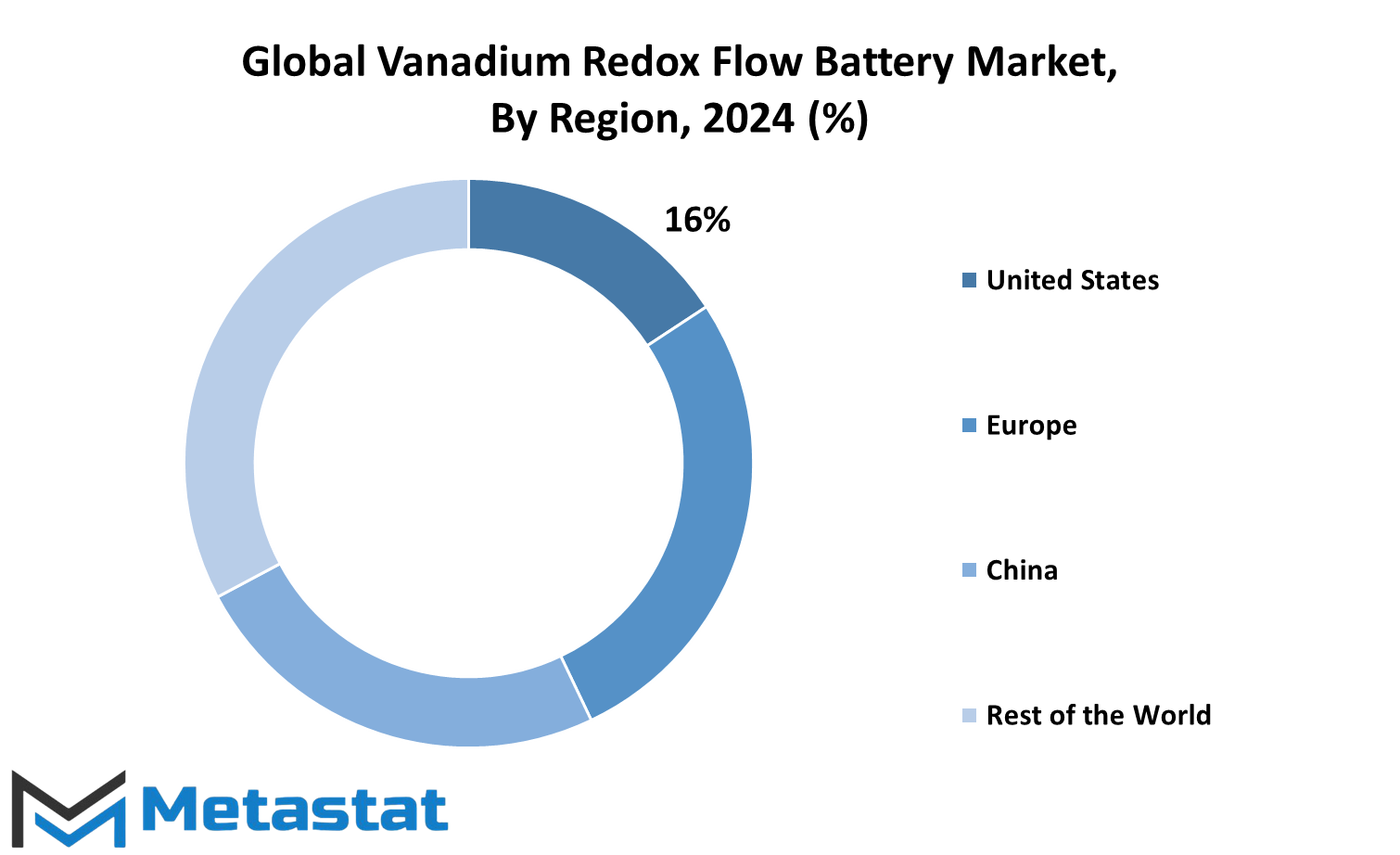
COMPETITIVE PLAYERS
The Global Vanadium Redox Flow Battery market is expected to show immense growth as the demand for efficient energy storage solutions continues to expand. With more investment in renewable energy sources such as solar and wind, the necessity for advanced battery systems has gained greater importance than ever before. Of the various energy storage technologies, vanadium redox flow batteries stand out in terms of their scalability, long lifespan, and large storage capacity of energy for long periods. Hence, it is more suited to applications that require a stable and reliable power supply, like grid-scale energy storage systems. As the world moves toward cleaner energy and reduces dependence on fossil fuels, the global market for vanadium redox flow batteries is expected to experience steady progress.
The competitive landscape of the Global Vanadium Redox Flow Battery market comprises a number of major players that are innovating and pushing the envelope for better battery technology. Present leading companies like Sumitomo Electric Industries, Ltd., Dalian Rongke Power Co., Ltd., and Invinity Energy Systems that are major developers of VRFB solutions while promoting them across different territories, where several companies, such as VFlow Tech Pte Ltd., H2, Inc., and Australian Vanadium Limited, are making their share by enhancing efficiency, lessening costs, and offering new production. These companies are spending quite a lot on research and development to make VRFB more efficient and cost-effective. More significant projects will benefit when such systems are realized at an affordable price.
Companies, such as Primus Power Corporation, VRB Energy, and Largo Clean Energy are also important in influencing this market. Their developments ensure the optimization of the designs of the batteries while achieving advanced technologies to suit these demands for sustainable energy storages. Pu Neng Energy and Enerox GmbH (CellCube) is further strengthening its positions through utility companies and government agencies implementing large-scale energy storage projects. VoltStorage GmbH and Big Pawer Electrical Technology Xiangyang Inc. are continually offering innovative solutions in order to address growing concerns over the reliability of energy supply and environmental impact.
New entrants that are also new to StorEn Technologies Inc. as well as HydraRedox, have been bringing to the market new ideas and very advanced technologies. Their contributions spur competition that drives technological evolution and brings costs down for an end-user. The effect of all these companies leads the Global Vanadium Redox Flow Battery Market towards a future, wherein energy storage solutions get more efficient, accessible as well as environmental friendly in nature.
In the near future, the global market will have the advantage of government policies and investments in clean energy infrastructure as well as technological breakthroughs. The increasing demand for grid stabilization, especially in regions with massive renewable energy integration, will further propel the adoption of VRFBs. As the energy sector evolves to meet more ambitious sustainability goals, the Global Vanadium Redox Flow Battery market will be at the heart of making a cleaner, more resilient energy future possible.
Vanadium Redox Flow Battery Market Key Segments:
By Type
- Carbon Felt Electrodes
- Graphite Felt Electrodes
- Other Electrodes
By Application
- Utility-Scale Energy Storage
- Off-Grid Power Systems
- Microgrid Systems
- Renewable Energy Integration
- Backup Power Systems
- Other Applications
By End-User Industry
- Power Generation
- Industrial & Commercial
- Residential
- Automotive (EV Charging Infrastructure)
- Military & Defense
Key Global Vanadium Redox Flow Battery Industry Players
- Sumitomo Electric Industries, Ltd.
- Dalian Rongke Power Co., Ltd.
- Invinity Energy Systems
- VFlow Tech Pte Ltd.
- H2, Inc.
- Australian Vanadium Limited
- Primus Power Corporation
- VRB Energy
- Largo Clean Energy
- Pu Neng Energy
- Enerox GmbH (CellCube)
- VoltStorage GmbH
- Big Pawer Electrical Technology Xiangyang Inc.
- StorEn Technologies Inc.
- HydraRedox
WHAT REPORT PROVIDES
- Full in-depth analysis of the parent Industry
- Important changes in market and its dynamics
- Segmentation details of the market
- Former, on-going, and projected market analysis in terms of volume and value
- Assessment of niche industry developments
- Market share analysis
- Key strategies of major players
- Emerging segments and regional growth potential



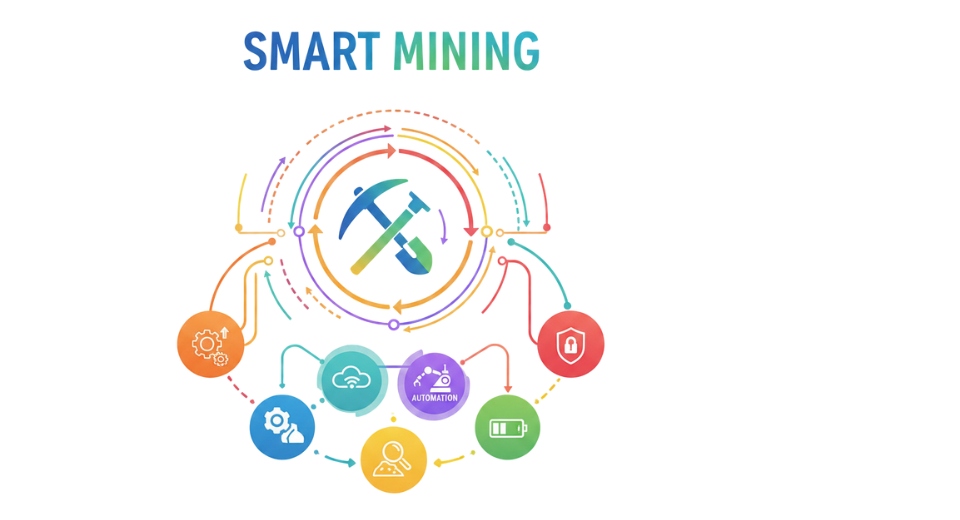
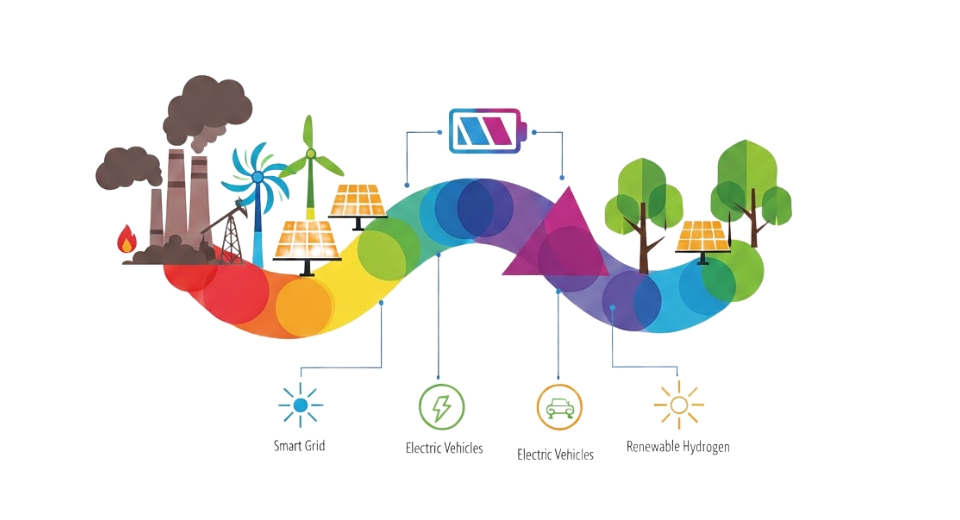
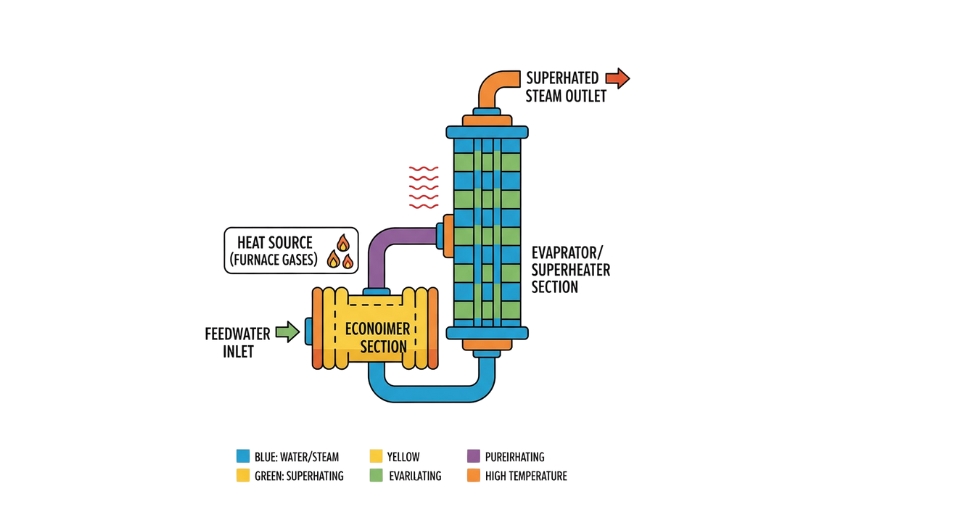
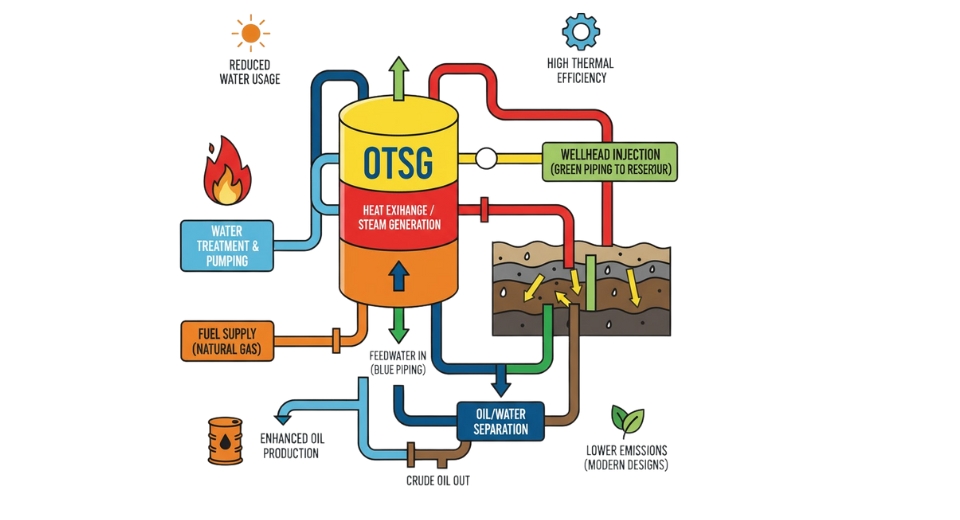

 US: +1 3023308252
US: +1 3023308252






